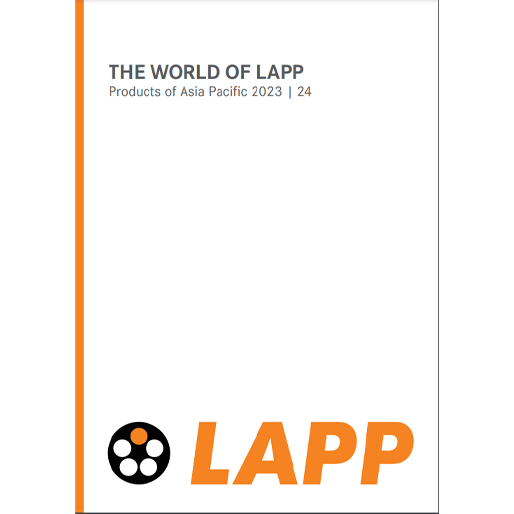Strain relief: The essential protection for every cable


What is a strain relief?
Strain relief is important for cables and hoses that are being pulled. Logical. Actually everyone knows that you shouldn't do that, after all, cables are not grips to hold on to. But that is not the only reason why cables are exposed to mechanical stress and should be protected with strain relief. Many cables are bent or even constantly moved back and forth. Then the cable is stretched on the outer radius and pulled out of the housing opening, the connector or the cable gland, on the inner radius it is compressed and pressed in. If the bending radius is very small, the cable can even kink. If the cable leads into a plug, this can lead to the wires being torn from the contacts in the long term.
A cable bushing with strain relief prevents this. It fixes the cable in the cable gland or in the connector and ensures that tensile and bending forces that occur outside are not continued on the other side, but are absorbed by the structure on which the strain relief is mounted. Ideally, the forces at the contacts in the plug or in the cable inside the control cabinet are then zero. No matter how much the cable moves outside, inside it is at rest. This protects the contacts and sensitive electronics. However, strain relief begins beforehand. A bend protection spiral is useful for cables that are constantly bent. It prevents bending radii that are too tight and thus prevents the wires from breaking and the braided shield from spreading.
What strain relief does LAPP offer?
LAPP offers a wide range of solutions for strain relief. Of course, the simplest one too: cable ties. They fix cables or cable bundles to bases and offer basic protection against being pulled out for cables that are not moved - for example in a control cabinet. Where cables have to move, more complex solutions are necessary. One is SKINTOP® GRIP , a brass cable gland that is available in versions up to M 32x1.5. It is equipped with a double bracket, which provides ten times greater strain relief than the standard. The cable entry is primarily intended for machine and system parts that are moved, such as foot switches or control pears.
A real innovation is SKINTOP® MULTI , a practical multiple cable entry for control cabinets and in automation technology. In the space-saving multi-feedthrough, you can simply pierce up to 30 unassembled round cables with different diameters as well as AS-I cables through an elastic gel membrane. The gel hugs the cable jacket over a wide clamping area and hermetically seals the opening. At the same time, the gel provides optimal strain relief for the entire cable bundle.
In addition, LAPP offers a large portfolio of solutions for strain relief for its cable range, such as the SILVYN® conduit fitting for protective conduits. There are also several types in HYGIENIC variants for the food industry.
Strain relief is also an important issue in energy chains. The ÖLFLEX® CONNECT CHAIN program includes fully equipped energy chains in which the pre-assembled cables are optimally strain-relieved ex works. The configuration is made easier by the ÖLFLEX® CONNECT CHAIN configurator , in which the engineering of an energy chain only takes a few clicks of the mouse.
Which industries and applications need strain relief?
The answer: everyone. Or almost all of them. Where cables are subject to mechanical stress, be it through pulling, bending or frequent movement, strain relief is essential. But there is not just one solution that can do everything. Rather, it always depends on the purpose. If you have little experience with this topic or a special problem: LAPP definitely has the solution and is at your side with advice and action. Contact us!





